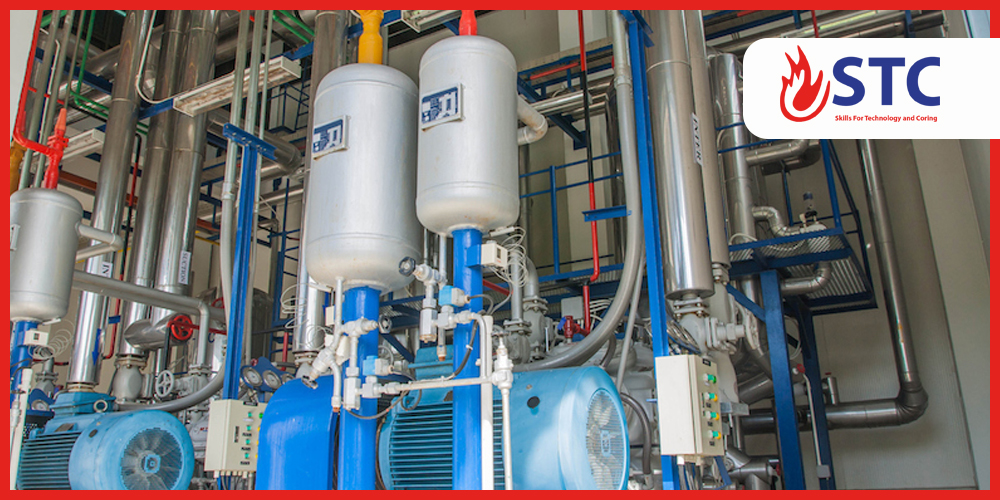What should you know about pressure in petroleum field
Formation pressure
Formation pressure is the pressure of the fluid within the pore spaces of the formation rock. This pressure can be affected by the weight of the overburden (rock layers) above the formation, which exerts pressure on both the grains and pore fluids. Grains are solid or rock material, while pores are spaces between grains. If pore fluids are free to move or escape, the grains lose some of their support and move closer together. This process is called consolidation. Depending on the magnitude of the pore pressure, it is described as normal, abnormal or subnormal
Normal
Normal pore pressure or formation pressure is equal to the hydrostatic pressure of formation fluid extending from the surface to the surface formation being considered. In other words, if the structure was opened and allowed to fill a column whose length is equal to the depth of the formation, then the pressure at the bottom of the column is similar to the formation pressure and the pressure at the surface is equal to zero. Normal pore pressure is not constant. Its magnitude varies with the concentration of dissolved salts, type of fluid, gases present and temperature gradient.
When a normally pressured formation is raised toward the surface while prevented from losing pore fluid in the process, it changes from normal pressure (at a greater depth) to abnormal pressure (at a shallower depth). When this happens, and then one drills into the formation, mud weights of up to 20 ppg (2397 kg/m ³) may be required for control. This process accounts for many of the shallow, abnormally pressured zones in the world. In areas where faulting is present, salt layers or domes are predicted, or excessive geothermal gradients are known, drilling operations may encounter abnormal pressure.
Abnormal
Abnormal pore pressure is defined as any pore pressure that is greater than the hydrostatic pressure of the formation fluid occupying the pore space. It is sometimes called overpressure or geopressure. An abnormally pressured formation can often be predicted using well history, surface geology, downhole logs or geophysical surveys.
Subnormal
Subnormal pore pressure is defined as any formation pressure that is less than the corresponding fluid hydrostatic pressure at a given depth.Subnormally pressured formations have pressure gradients lower than fresh water or less than 0.433 psi/ft (0.0979 bar/m). Naturally occurring subnormal pressure can develop when the overburden has been stripped away, leaving the formation exposed at the surface. Depletion of original pore fluids through evaporation, capillary action, and dilution produce hydrostatic gradients below 0.433 psi/ft (0.0979 bar/m). Subnormal pressures may also be induced through depletion of formation fluids. If Formation Pressure < Hydrostatic pressure, then it is under pressure. If Formation Pressure > Hydrostatic pressure then it is overpressured.
.jpg)

